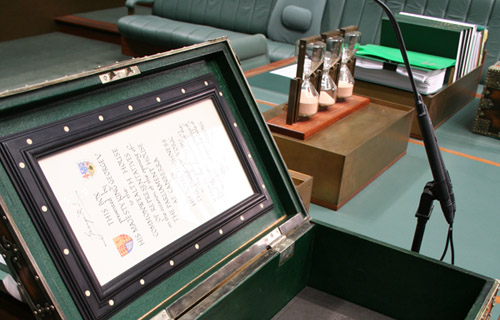Decisive action taken by monetary and fiscal policymakers mitigated the economic downturn caused by the COVID-19 pandemic, according to a new report from Rice University’s Baker Institute for Public Policy.
The brief by Jorge Barro, fellow in public finance at the Baker Institute. analyzes measures taken by the Federal Reserve and other government agencies at the beginning of the COVID-19 pandemic.
“Even with the benefit of hindsight, it would be hard to look back at the initial fiscal or monetary response and find much room for improvement,” he wrote.
Barro argues it is “the perceived disconnect” between the stock market and the economy that has contributed to criticism of the federal government’s “aggressive fiscal and monetary policy responses.” The stock market reflects “macroeconomic fundamentals” such as interest rates and company valuations, he wrote.
“Implicit in each of these factors are the underlying risks corresponding to adverse outcomes and corporate viability,” Barro wrote. “Studying these factors in the aftermath of the pandemic illustrates why the stock market recovery jumped out ahead of the broader macroeconomic recovery and how government policy influenced that outcome.”
In the spring, while the unemployment rate rose to 14.7% and gross domestic product (GDP) fell by 32.9% year over year, the stock market was beginning to recover. By summer, unemployment fell to 8.4% and the Dow Jones Industrial Average, Nasdaq composite and S&P 500 had recovered their losses.
“It was not happenstance that financial markets rebounded when they did. Around the same time, the Federal Reserve used a variety of unconventional policy tools,” Barro wrote.
Those moves, such as extending credit to nonfinancial institutions and purchasing debt, were intended to “initiate an aggressive expansion” of credit and cash flow to households, businesses, nonprofits and municipal governments, Barro wrote. The result was a “significant reduction in systemic risk that stabilized financial markets and initiated the recovery,” he said.
The enhanced unemployment benefits in the Coronavirus Aid, Relief and Economic Security (CARES) Act stoked concerns about disincentivizing people to search for jobs and prolonging the labor market recovery.
“A nearly immediate reversal in the unemployment rate in May 2020 with sustained employment gains in the subsequent months, however, quickly put those concerns to rest,” Barro wrote. “That the federal government could enhance unemployment benefits and issue stimulus payments while reducing the unemployment rate and improving the income distribution speaks to the success of the fiscal response.”
Economic downturns generally introduce heightened credit risk, and this pandemic-induced recession was no exception, Barro wrote. The decline in output demand and a corresponding decline in cash flow increased the likelihood of rising default rates. In response, the federal government enacted a fiscal expansion to help sustain cash flows and support output demand.
“A massive fiscal stimulus package in the form of means-tested transfer payments and enhanced unemployment insurance helped to support output demand,” Barro wrote. “On the cost side, the federal government funded several credit programs administered by the Federal Reserve that helped businesses meet their financial obligations. These actions limited downside risk and likely narrowed the duration of the recession, expediting the recovery of corporate profitability.”
Data going into the final months of 2020 indicate a persistent improvement, but the recovery still has a long road ahead, according to Barro.
Mitigating the economic impact of the pandemic has increased federal debt, but without such an aggressive financial market response, “adverse outcomes could have spread to other areas of the economy, disproportionately impacting low-income households,” he wrote.








